You come home after a hard day expecting a calm chat, but you and your partner end up in a fight or a tense standoff. Scenes like this happen because it’s not just what you say, but how you say it. Your communication style, which includes everything from the tone to the words and body language you use, can make or break how you’re understood. Clear, respectful talk tends to build trust, while aggressive or avoidant talk can erode it.
Psychologist Shelley Sommerfeldt explains, “Communication is important because it fosters trust and connection. An open, healthy way of talking is key to vulnerability. Often, arguments have more to do with mismatched communication styles in relationships than with the issue itself.
In this article, we’ll define communication styles—Assertive, Aggressive, Passive, Passive-Aggressive, and Manipulative—and explain why they matter for trust, intimacy, and conflict resolution. Understanding these styles of communication in relationships will help you communicate better and build a healthier connection.
What Are Communication Styles?
Table of Contents
A communication style is basically the way you talk and act when sharing thoughts or feelings. It includes your words, tone of voice, facial expressions, body language, and even silence. Think of it as the pattern of how you interact. Many of these patterns come from early life. If you grew up around yelling, you might adopt a louder style. If open, respectful talk was modeled, you might lean assertive.
These styles of communication in relationships refer to the different habits couples develop in conversation. For example, an avoidant communication style is a term some therapists use when one partner withdraws or stays silent instead of engaging. This is often an extreme form of passivity. Healthy communication, known as assertiveness, means being honest but respectful. It fosters connection. Unhealthy styles such as aggression, passive-aggression, and manipulation can lead to misunderstandings and hurt feelings.
“Assertive communication is the healthiest and most effective style. By contrast, aggression or stonewalling tends to damage trust.
—Claire Newton, relationship expert
According to Gottman Institute research, couples who understand each other’s communication styles are less likely to experience misunderstandings and conflicts. Let’s take a look at the different communication styles and how they impact relationships:
Assertive Communication
In assertive communication, you state your needs and feelings clearly without being hurtful. You speak calmly and respectfully. For example, you might say, “I feel frustrated when our plans change at the last minute. Can we agree on details ahead of time?” This uses an “I” statement and explains your need. Assertive people usually have open body language and steady eye contact. They are honest about what they want while also listening to their partner.
Assertive communication means expressing your thoughts and feelings without resorting to blame. For example,
- Assertive expressions look something like this: “I feel anxious when we get into an argument.” “I need some quiet time tonight.”
- Politely saying no using statements like, “I’d prefer X, if that’s okay”
- You also listen fully and may say, “I hear that you’re upset, and I appreciate you telling me.”
How assertive communication helps relationships

Assertive communication builds trust and understanding. You get needs met without guilt-tripping or blame, and your partner knows where you stand. Assertiveness shows respect for both people. Therapist Vanessa Bradden notes, “When partners state what they want directly, clearly, and respectfully, it adds positivity to the relationship.” This style leads to fewer conflicts because issues are addressed openly.
Related Reading: 5 Common Communication Mistakes Couples Make In Marriage
Are there any limitations to assertive communication?
Almost none, if done kindly. However, since a lot of people aren’t used to it, it might feel uncomfortable at first. Or your partner may be surprised by this change. Occasionally, an assertive statement can hurt someone’s feelings if not phrased gently. Over time, it does help bring in a sense of refreshing honesty and transparency in the relationship.
How to practice assertive communication in your relationship
Assertive communication is all about shifting the focus to your thoughts, feelings, and state of mind, and not the other person’s actions.
- A simple way to do this is framing your sentence in the “I feel _______ when ________” format, instead of leading with sweeping generalizations like, “You always” or “You never.”
- Listen as much as you speak
- Speak calmly and hold eye contact
- If it’s hard, role-play difficult conversations or write down what you want to say first
- Even practicing small things like calmly asking for help with a chore helps build this communication style
Related Reading: 11 Expert Tips To Communicate Better With Your Partner
Aggressive Communication
Aggressive communication forces a message through harshly, often disregarding the other’s feelings. The focus here is always being right or dominating. You might see,
- Yelling
- Blaming
- Intimidation
Statements like “You never do it right!” or “Do it my way NOW!” are integral to this communication style. Conversations tend to be very loud and direct, but usually cruel. It solves nothing in the long run, since it hurts the other person. If you often feel the need to shout or criticize to be heard, you may be using an aggressive style. Here’s what it may look like:
- Raising your voice, using threats. Example: “If you don’t do this, I’m gone!”
- Name-calling. Example: “You idiot!”
- Interrupting constantly
- Slamming doors, pointing fingers, or invading personal space to emphasize a point
How aggressive communication hurts a relationship

For what it’s worth, this communication style is clear and direct. Nobody misses the message. You might get immediate compliance or feel like you’re “winning” for a moment. However, it scares or hurts your partner. Aggression breeds fear, guilt, or resentment and damages intimacy. Your partner may withdraw emotionally and shut down or become equally angry. Over time, it pushes people away and erodes trust. Relationships with constant shouting tend to have high regret and low satisfaction.
Related Reading: 9 Signs Of Bad Communication In A Relationship
Tips to soften your communication style
A few simple steps can help take the edge off the way you communicate with your partner:
- Slow down and take a breath before speaking
- Use a calm tone and “I” statements
- If you feel anger rising, say “I need a moment” and step away
- Remind yourself to speak firmly but respectfully rather than shouting
The idea is to learn to practice expressing needs without anger. For example, instead of screaming “You never listen!”, learn to say, “I feel worried when I sense we’re not on the same page.” Pausing and trying again politely can stop a fight from escalating.
Passive Communication
Passive communication means not expressing your own needs or opinions in order to avoid conflict. A passive person lets others choose, agrees by default, or stays silent even when upset. For example,
- You might think, “I want a break,” but instead reply, “Whatever you want is fine.”
- You might apologize unnecessarily or say “I’m sorry” just to keep the peace
- Passive style often shows in a soft voice, avoiding eye contact, or using phrases like “I guess…” or “It’s okay.”
- You may find yourself deferring to your partner’s wishes all the time
- Saying “I’m fine” when you’re not
- Smiling when you’re upset
How passive communication impacts relationships

You avoid immediate arguments and may keep the peace. Your partner might appreciate the lack of push-back in the short term, and conflicts are rare and mild initially. However, as a result, your needs get ignored. If you constantly sacrifice your own needs, you might start feeling like “my needs don’t matter,” which builds resentment in the relationship. Bottled-up feelings can explode later or turn into passive-aggression. You may feel taken for granted or “walked on.” Your partner might feel guilty or confused about your silence.
How to overcome passive communication pattern
The first step is accepting that your feelings and needs are as valid as anyone’s. Then start taking small steps to change how you communicate:
- Start by voicing small preferences, such as your favorite food or movie
- Practice saying “no” or “I’d prefer ___” without apologizing
- Use gentle “I” statements, like “I feel sad when…”, instead of shrugging off things that upset you
- You could even practice with a close friend or in front of a mirror to gain confidence
- Over time, speaking up a little more each day makes it easier
Related Reading: Why Do I Struggle To Communicate With My Partner? An Expert Answers
Passive-Aggressive Communication
Passive-aggressive communication is a hidden way of showing anger. Instead of confronting a problem, you express irritation indirectly. You might use,
- Sarcasm
- The silent treatment
- Subtle digs
Essentially, you act “nice” on the surface while stewing inside. For example,
- You could agree to help with a task, then do it very poorly on purpose
- Saying “Fine, whatever” in a mean tone.
- Making snarky remarks like “Oh sure, keep watching TV. I love being ignored!”
- Abruptly going quiet after a fight
- Sulking or eye-rolling without explanation
How passive-aggressive communication impacts relationships

It confuses your partner and erodes trust. Since you’re not stating your needs, the other person often feels blamed but doesn’t know why. It’s like setting a trap: the other person tries to solve a problem they don’t understand. This breeds resentment on both sides, leading to hurt feelings and frustration. Over time, it damages intimacy because issues never get resolved.
How to recognize and manage passive-aggressive communication
The way to break this pattern is to recognize your patterns and then take small measures to correct the course.
- Notice if you’re using sarcasm or giving the silent treatment. If you catch yourself saying “I’m fine” but feeling angry, pause and ask why
- Then try saying what you feel: “I’m upset that I wasn’t included.”
- If your partner is being passive-aggressive towards you, gently encourage open talk: “It seems like something’s wrong. Can we talk about it?”
- Practice honesty. Couples who learn each other’s real feelings tend to feel closer
Related Reading: How To Fix Lack Of Communication In A Relationship – 15 Expert Tips
Manipulative Communication
Manipulative communication is when one person tries to control or influence the other secretly. A manipulative partner might use guilt, flattery, or schemes to get their way. The key is that a manipulative communicator never openly says what they really want. If you notice that you sometimes use manipulation to get your way, it usually means you’re trying to meet your needs without asking for them openly. This might look like,
- Guilt-tripping. Example: “After all I’ve done for you, is this thanks?”
- Lying by omission. Withholding facts to make you decide for them
- Playing the victim. Example: “I was so hurt and you didn’t care.”
- Withholding affection
- Giving ultimatums
- Using heavy flattery that feels insincere
How manipulative communication impacts relationships

When you rely on manipulation, trust and balance start to erode. Instead of feeling like equals, one of you takes control while the other feels controlled. Over time, this creates anxiety and emotional distance rather than closeness. Even if your goal is to feel loved or secure, manipulation often pushes your partner further away.
Related Reading: Communication Problems In Relationships – 11 Ways To Overcome
How to break the pattern of manipulative communication
Breaking this pattern is about replacing secrecy with honesty. You can:
- Say what you need directly: Instead of hinting, try: “I’d like more help with chores” or “I need reassurance when I’m feeling low.”
- Notice when you’re tempted to guilt-trip. Pause and ask yourself, “What am I really needing here?”
- Practice setting boundaries for yourself, too. A healthy relationship respects both partners’ limits, not just one
- Allow “no” without panic. If your partner can say no to you, it means their yes will mean more
- Seek support if it’s hard to change. A therapist can help you understand where the habit comes from and teach healthier ways to connect
How To Identify Your And Your Partner’s Communication Style
Notice patterns to identify your style. Ask yourself:
- “When I’m upset, do I speak up or shut down?”
- “Do I hint at feelings or say them directly?”
- “Do I often get angry, or often feel helpless?”
Reflecting on these questions gives clues. In addition to that, pay attention to the following red flags for each style:
- Aggressive: You frequently raise your voice or use insults. Others seem nervous or shut down around you
- Passive: You apologize or agree to everything, even when you’re unhappy. People say you never speak your mind
- Passive-Aggressive: You make sarcastic comments or give silent treatment instead of talking. Your partner often seems confused or hurt by your actions
- Manipulative: You or your partner uses guilt or excuses to get your way, or frequently claim the victim. One person often ends up giving in
- Avoidant: One partner often walks away or refuses to engage in discussions. This leaves issues unresolved and makes the other person feel alone
Quick checklist: Do any of these sound like you?
- I avoid saying no and then feel resentful
- I often raise my voice when upset
- I joke or sulk instead of discussing problems
- I use guilt or logic to persuade my partner
- I calmly state what I want
Think of communication styles in relationships as a language. The more fluent you become, the more smoothly you connect. Learning your and your partner’s style is like understanding each other’s language in a conversation.
When Styles Clash in Relationships
When you and your partner use very different styles, communication often breaks down. For example, if you tend to be aggressive and your partner is passive, you might explode with “Why didn’t you do this?!”, while they quietly say, “Okay… I guess.” Neither of you feels heard. Or if one is passive-aggressive and the other tries to be direct, the conversation loops through sarcasm and confusion. Here is what may look like:
Aggressive vs. Passive
You (aggressively): “You always cancel our plans, what’s wrong?!”
Partner (passive): (softly) “I… I don’t know. I’m sorry…”
You feel ignored and furious; they feel hurt and scared. This kind of clash breeds anger and loneliness for both.
Passive vs. Passive-Aggressive
You (passive): “I guess dinner is fine,” in a quiet tone, hiding your frustration
Partner (passive-aggressive): (muttering) “Yeah, sure, whatever you want.”
Both of you avoid saying the real issue. The silent frustration turns into resentment.
When an aggressive vs. aggressive clash happens, it often becomes a screaming match with no clear resolution. When passive vs. passive occurs, important issues never get addressed until one tiny spark triggers a big blow-up later.
In each case, the emotional impact is severe. The aggressive partner often feels helpless and angry, while the passive partner feels misunderstood and unhappy. Over time, these patterns can erode trust and connection. The good news is that once you notice the mismatch, you can choose to adjust. Openly talking about communication styles in relationships often clears up misunderstandings.
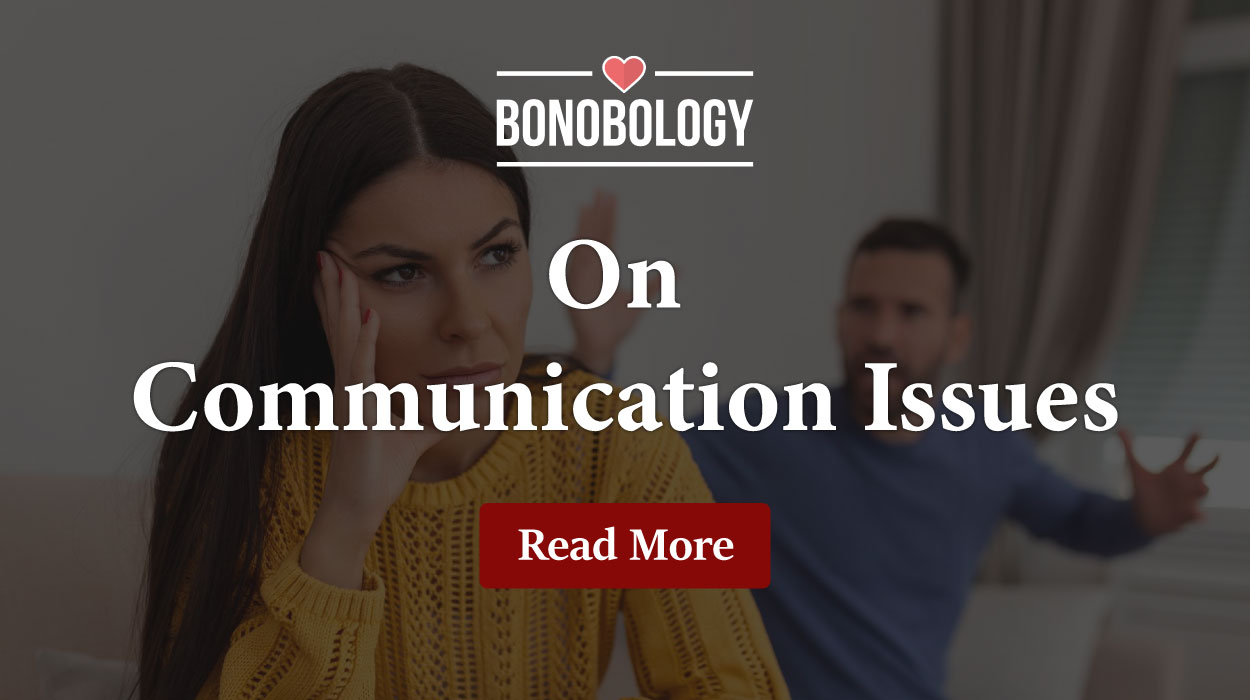
Moving Toward Healthy Communication
In most cases, moving toward the assertive style helps the most. Assertiveness is respectful and effective. Try these strategies:
- Active Listening: Focus on what your partner says without interrupting. Nod, maintain eye contact, and summarize to show understanding
- Use “I” Statements: Start with your own feelings, “I feel ___ when ___”, instead of blaming, “You always ___.” This keeps defensiveness low
- Set Boundaries: Clearly say what’s okay and not okay. For example, agree you won’t interrupt each other mid-sentence, or set a time limit for arguments
- Timing: Avoid serious talks when one of you is very upset. Say, “Let’s talk about this after we both calm down,” so you can approach the conversation with cooler heads
- Body Language: Face your partner, maintain an open posture, and avoid rolling eyes. Positive body language, like a gentle touch or nod, reinforces that you’re engaged and respectful
Also, show empathy and patience. Try to see the situation from your partner’s perspective and acknowledge their feelings. Gentle apologies and affections after a spat can de-escalate tension and rebuild closeness. As Gottman’s research emphasizes, couples who turn fights into understanding rather than blame have stronger relationships. Remember, communication skills improve with practice. Each conversation is a chance to try something new.
If you still struggle, consider professional help. A therapist can teach techniques like conflict exercises and help you untangle deep patterns. Many therapists have couples identify their personal styles of communication in relationships through quizzes or role-plays, making unconscious patterns obvious. Even small improvements each day, like one extra sentence of honest “I feel” talk, will add up over time.
Everyday Tips for Better Conversations
Here are some dos and don’ts to guide your daily chats:
| Do | Don’t |
| Use “I” statements. For example, “I feel…,” “I need…” | One issue at a time. Focus on the current topic at a good moment |
| Listen actively. Give your full attention, nod, ask questions | Don’t interrupt or dismiss your partner |
| Stay calm. Take a short break if emotions run high | Don’t shout, threaten, or use sarcasm in anger |
| One issue at a time. Focus on the current topic in a good moment | Don’t drag in old arguments or multiple complaints at once |
| Validate feelings. Say things like “I see this is important to you.” | Don’t assume or mind-read. Ask for clarification instead |
| Apologize and fix. Say sorry when needed and propose a solution | Don’t stonewall or give the silent treatment as punishment |
FAQs
The assertive style is generally healthiest. It means sharing your feelings and needs clearly while still respecting your partner. It helps couples solve problems together. Therapists call it the healthiest and most effective style because it builds understanding and trust.
Yes, everyone uses a mix of styles. You might be assertive in some situations and passive in others, depending on stress or context. Usually, one style is your default, but you can adapt. In fact, experts say people often have a “primary” style but can use all five when needed. Recognizing this helps you and your partner understand why you sometimes react differently.
First, notice the pattern. Then practice new habits. For example, if you’re often passive, set a small goal to voice one preference a day. Read books on communication or do exercises together. A helpful tip: have a weekly “check-in” to share feelings. Even couples therapy or workshops can teach tools. Over time, these small steps add up to healthier ways of talking.
The five styles themselves apply to everyone. Research suggests assertiveness is not “masculine” or “feminine” but human. However, cultural norms might push men or women toward certain patterns. Averages in studies show women may emphasize emotions more and men problem-solving more, but these are broad trends. The key is each person’s individual style, not their gender.
A huge one. Body language, such as posture, eye contact, and facial expressions, is part of every style. For example, an assertive person usually sits up straight and maintains eye contact, while an aggressive person might loom over or glare. Even saying “I’m fine” with crossed arms often signals the opposite. Nonverbal cues can carry most of the emotional meaning. For instance, crossing your arms while claiming you’re okay contradicts your words. Small gestures (like a gentle touch or nod) often speak louder than words. Being aware of these signals helps you truly understand each other.
Key Pointers
- Communication styles in relationships shape how couples connect, with assertive being the healthiest and aggressive, passive, passive-aggressive, and manipulative creating conflict and distance
- Each style shows up in everyday behaviors, like “I feel” statements for assertive, shouting for aggressive, silence for passive, sarcasm for passive-aggressive, and guilt-tripping for manipulative
- Unhealthy styles erode trust, balance, and intimacy, while assertiveness fosters openness, respect, and problem-solving
- Identifying your default style and noticing clashes helps couples adjust and move toward healthier patterns
Final Thoughts
At the end of the day, the way you and your partner talk to each other matters just as much as what you’re talking about. Recognizing the five communication styles in relationships gives you a roadmap, which habits to keep, which ones to leave behind, and how to move toward a healthier, more assertive way of connecting. Changing patterns takes patience, but even small shifts, like stating a feeling honestly or listening without interruption, can transform the quality of your conversations. Over time, these choices create more trust, more intimacy, and the kind of partnership where both people feel truly heard.
9 Expert-Backed Steps To Deal With Stonewalling In A Relationship
Your contribution does not constitute a charitable donation. It will allow Bonobology to continue bringing you new and up-to-date information in our pursuit of helping anyone in the world to learn how to do anything.


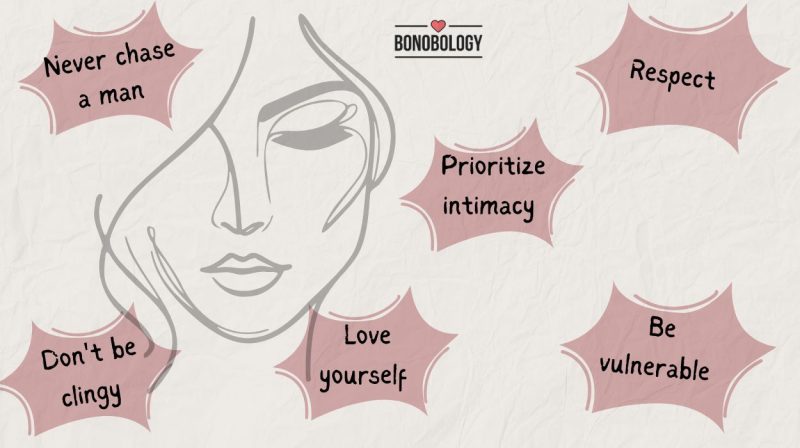

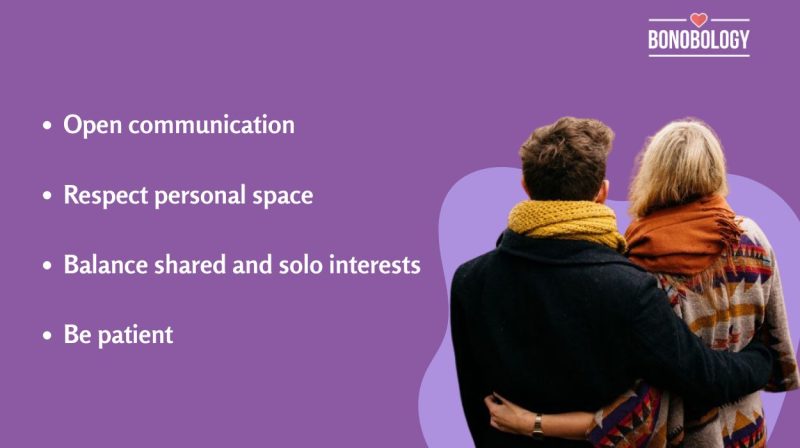




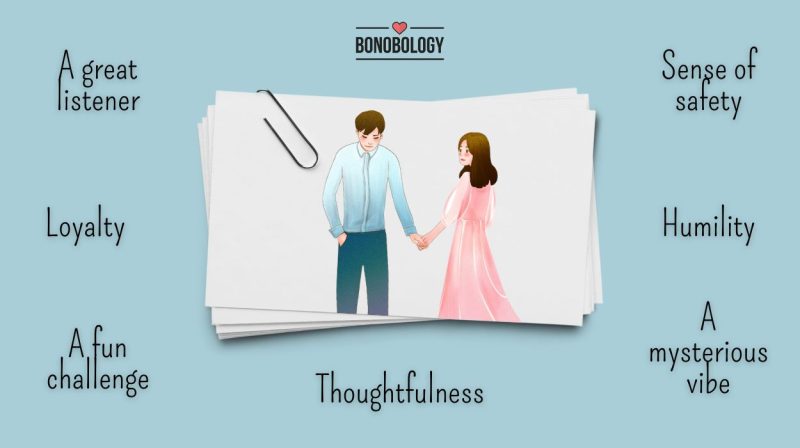




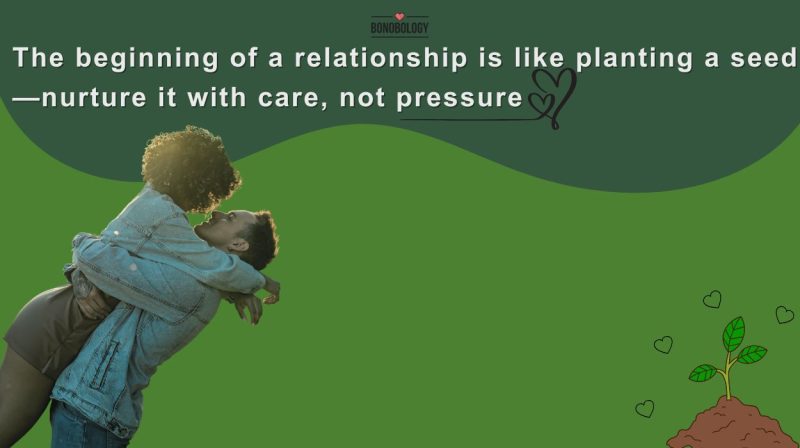
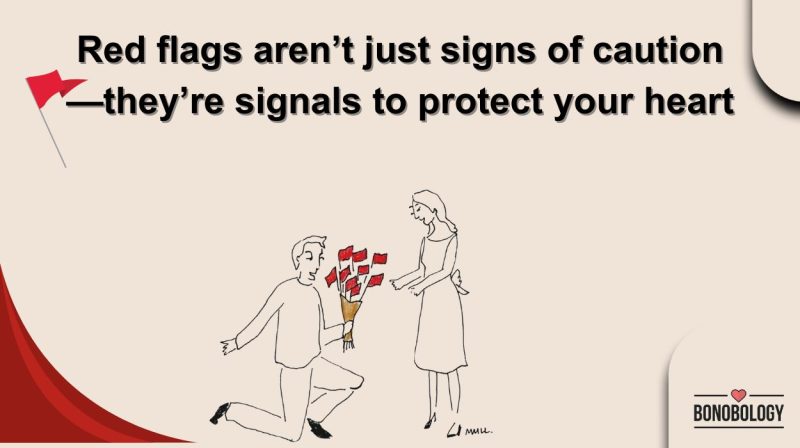

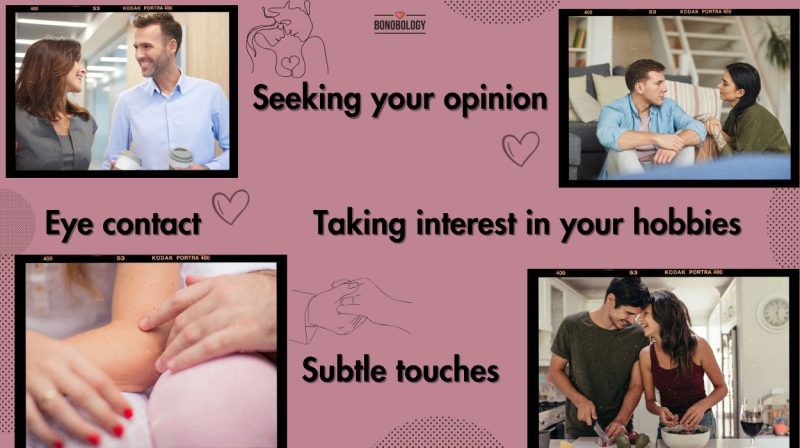

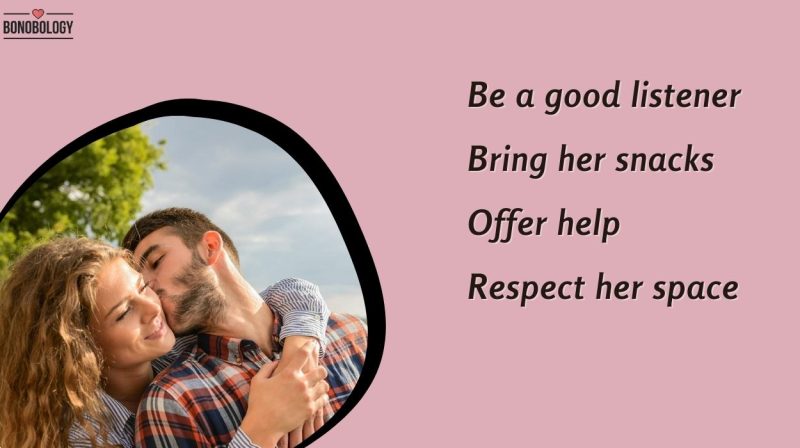


Featured
21 Nuggets Of Relationship Advice For Women
What Is Simping And Is It A Red Flag In Guys?
Introvert Dating Introvert: A Complete Guide
Is He Shy Or Not Interested? 26 Ways To Tell The Difference
Gen Z Dating: Understanding and Navigating the Landscape
What Are Fun Dating Questions? 140 Playful, Flirty, and Deep Starters
Navigating Exclusivity In A Relationship: How To Do It Right
Do Girls Like Shy Guys? 7 Reasons They Do
101 Fun Date Night Questions To Laugh, Flirt, And Bond Over
161 Weird Questions To Ask Your Boyfriend And Get Him Talking
Why I Will Never Date A Widower Again -A Woman’s Story
How Long Should You Date Before Getting Engaged
Dating Guide: 9 Things To Never Do In The First Month Of Dating
11 Red Flags When Dating A Separated Man | Don’t Ignore These
152 Most Stupid Pickup Lines of All Time | AVOID THESE At All Costs
21 Clear Signs Of Unspoken Attraction Between Two People
How To Compliment A Guy: Tips And Examples
How To Comfort Your Girlfriend: 15 Simple Tips (With Examples)
Your Guide To Getting The Fourth Date Right
15 Delightful Signs The Talking Stage Is Going Well